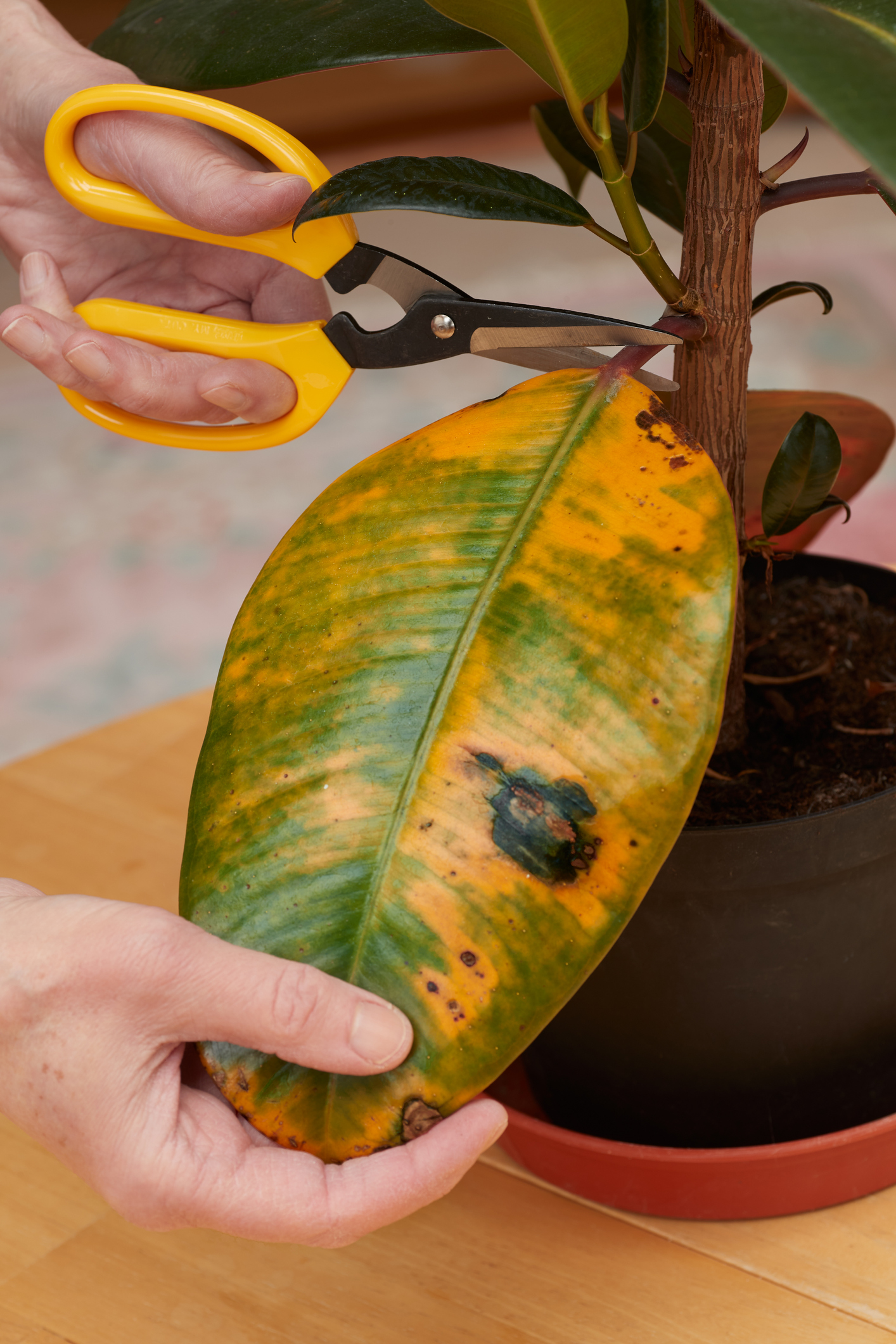Watering houseplants needs to be learned. There is usually a fine line between “far too dry” and waterlogging. But one thing is certain: your beloved plants will die if they are not cared for properly. Fortunately, with the help of these tips, you can easily determine how often you should water your plants and what additional care they need. Read on to find out how to correctly assess the “thirst” of your houseplants.
However, it is important to note that every plant species has different needs. The tips should only serve as a general guide. Therefore, always inform yourself about the individual care of your plant, on which you will often find a label with care instructions. You can also ask the retailer directly about the correct handling of the respective plant.
Avoid waterlogging of houseplants
There are a few types of plants, such as primroses and mountain ash in the garden, that have no problem with waterlogging. However, potted plants only have a limited volume of soil available, so excessive watering should be avoided at all costs. Ivy plants, for example, need a moist substrate, but should never stand in water.
Succulents are the most sensitive plants. Their roots and stems quickly become moldy if they stand in water for a long time. Waterlogging prevents the plants from absorbing nutrients and oxygen through the roots. Once these have died, it becomes difficult to save the plant.
Correctly assess the water requirements of plants
You can now find out which 5 things you need to pay attention to in order to water your plants correctly.
Check the plant for yellow leaves
You should check your plants every two days. Leaves and any flowers can provide information about their well-being. The following characteristics can be signs that the plant needs water:
- Yellow or brown leaves
- withered flowers
- soft and drooping leaves
- sagging stems

Lifting the pot
You can test whether a plant needs water by lifting the flower pot. If it is heavy, there is still enough water in the soil. This method can be combined with other tricks until you get a feel for the weight of the pot. If the plant has a planter, you can see whether water has collected in the pot by lifting the plant.
Carry out a stick test
You can use a shashlik skewer or another stick to check the moisture content of the soil. To do this, stick the stick several centimeters deep into the soil. If the stick is dry, you should water the plant. If it is moist, you should do the test again two days later.
TipYou can of course also do the test with a finger. Here, too, you should make sure that you stick your finger deep enough into the soil.
Checking the quality of the soil
Sometimes it is also enough to look at the soil in the pot. Dry soil is lighter than moist soil. This method is particularly helpful for plant species that require permanently moist soil. Moldy soil should be carefully removed and you should wait until the soil is dry before watering the plant again.
Moisture sensor for the soil
If you don’t feel like or don’t have time to deal with the plants, moisture sensors 🛒 can be the solution. These measure the moisture content of the soil and let you know when it’s time to water.
SOS tip for dried out plants
If you have forgotten to water your plant, you can try to save it. To do this, fill a bucket with water and place the plant and its container (if it has a hole) or pot in it. Wait until there are no more air bubbles in the water. Then remove the plant and allow the excess water to drip off.
With these tips, you will hopefully never have to deal with moldy soil or dried out leaves again. You can find more articles about plants and gardening here:

Source: comment-economiser, utopia, myhomebook, home garden
